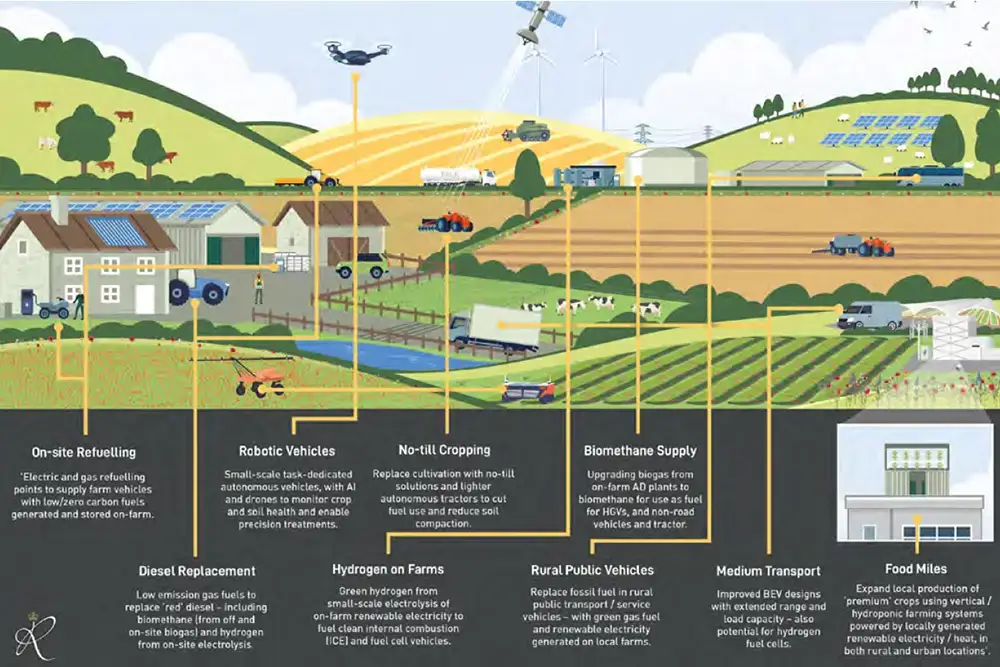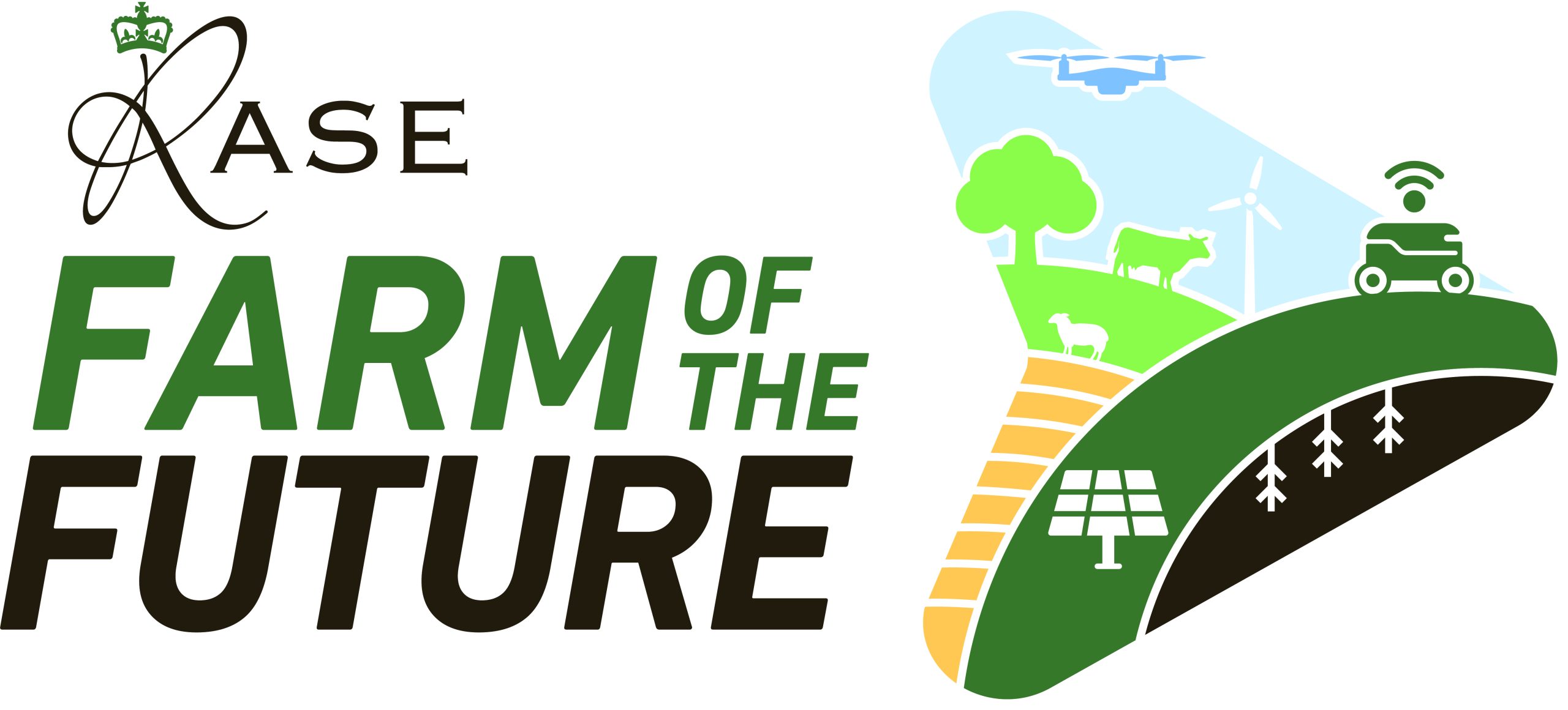by Jonathan Wheeler
If the rural economy is to play its part in the reduction of emissions of carbon dioxide, nitrous oxide and diesel particulates, it needs to develop a pathway to replace diesel, with low and zero carbon fuels. While it is unlikely that there will be a single replacement fuel, the industry needs a strategy for diesel replacement.
This requires clarity from policy makers, including on targets for on-road and off-road farm vehicles and the transition to clean technologies that includes lower and zero emission gas fuels and radical changes in vehicle design. In some respects, the basic design of systems used on farm have changed very little since the first mass-produced tractors were sold, apart from becoming much more complex and heavier, in the past few decades.
Funding and policy support is needed with some urgency if the vision for the productive and low emissions farm of the future (efficient, sustainable, safe) is to be realised.
Plans for the replacement of red diesel on farms must be addressed with some urgency. Alongside the transition to smaller and low ground pressure vehicles, there are a number of options for farming’s ‘fuel of the future’.


Farming fuels of the future
Electricity, biofuels (in liquid or gas form) and hydrogen are the main options. In the medium term, it is unlikely that one fuel will predominate, and a mix of gas and electric power trains will emerge.
Agriculture also has the capability to play a significant role in the supply of replacement fuels for diesel. It can be much more than just a supplier of raw materials for biofuel blends. With a range of gas power train options being developed, farms can become green fuel providers for their own vehicles – and there is also the potential to provide a service for rural businesses and communities.
The key points that need to be highlighted to policy makers, regulators and other stakeholders include the following:
- Replacement of diesel as the prime fuel for the rural non-road, heavy vehicle sector should be a priority for regulators and vehicle manufacturers. Improving how the industry can reduce its vehicle emissions (whether in livestock or cropping sectors) is dependent on commercial viability but also access to on-farm energy supplies
- Policy failure to include agriculture in the replacement pathway for red diesel is a major oversight. Diesel’s time is limited, and like many other industries, agriculture has to figure out what will replace it as the primary fuel for vehicles used on farms
- The industry needs to start to move away from fossil fuels before 2030, with adoption ready solutions already in place. These include supply of biomethane (on or off-grid) from farm AD and wider deployment of other gas fuels in non-road vehicles
- Non-fossil gas fuels offer better potential for farm transport and machinery, having a higher energy density than electricity and offer a short and long-term option for non-road vehicles. Compressed biomethane (bio CNG) can be produced locally on farms, is affordable and can make use of existing infrastructure with less inflationary impact than BEV solutions
- The industry must look beyond increasing farm vehicle size to other solutions such as controlled traffic systems to prevent soil compaction. Alongside minimum or zero tillage, the role of autonomous or robotic vehicles, along with gantry technology will increase
- Smaller, robotic machinery platforms can operate very efficiently with renewable electricity generated on farm (from solar panels, wind turbine or biogas combustion). For heavy traction, another option will be hybrid tractors that make use of more than one fuel source e.g. gas and electric
- Demonstration is key to farmer adoption and delivering systems change. Field scale trials and on-farm demonstration events for low and zero emission vehicles are an excellent way of encouraging change and should receive external funding support
- BEIS and DEFRA should support the further development and roll out of proven non-fossil fuel technologies already available on farms, such as biomethane. This will require a change of policy to boost green gas production on farms
